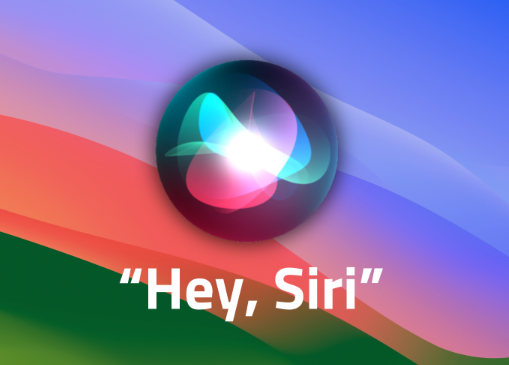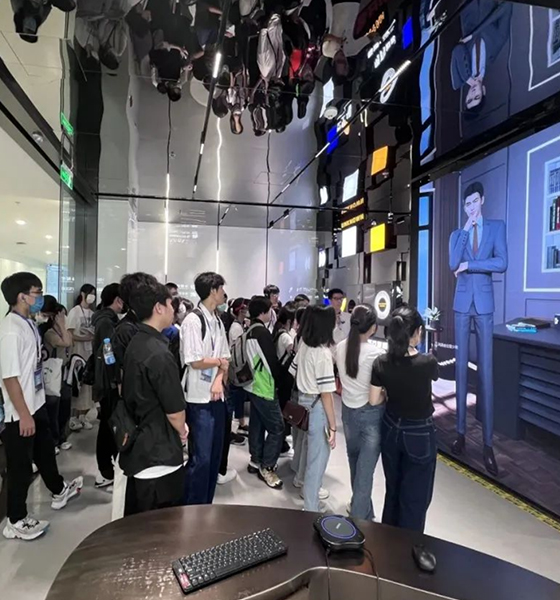 2024-10-18 11:34:40
2024-10-18 11:34:40

In today's fast-paced world, technology has become an integral part of our daily lives. Among the innovations, AI virtual assistants and AI virtual employees stand out as powerful tools for enhancing productivity and efficiency. But what exactly are these technologies, and how do they differ? This article will explore the definitions, applications, and unique features of both AI virtual assistants and AI virtual employees, helping users and manufacturers understand which solution might be best for their needs.
AI virtual assistants are software programs designed to assist users with various tasks through voice or text interactions. Think of them as your digital helpers. They can manage schedules, set reminders, answer queries, and provide recommendations. Popular examples include Apple’s Siri, Google Assistant, and Amazon’s Alexa.

On the other hand, AI virtual employees take the concept a step further. These systems often feature a virtual avatar or persona, making interactions more engaging and human-like. They combine the capabilities of virtual assistants with additional functions, often tailored for businesses.
While both AI virtual assistants and AI virtual employees serve to enhance productivity, their applications and functionalities differ significantly.
| Feature | AI Virtual Assistants | AI Virtual Employees |
|---|---|---|
| Definition | Software that assists with personal tasks | Software with a virtual persona for business tasks |
| Primary Use | Personal productivity | Service and consultancy |
| Interactivity | Basic interaction | Advanced, engaging interaction |
| Customization | Limited to personal preferences | Highly customizable for business needs |
| Examples | Siri, Google Assistant | Virtual receptionists, AI consultants |
AI virtual assistants have become essential tools for individuals looking to improve their productivity. They are widely used in personal settings, such as managing to-do lists, answering simple questions, or even controlling smart home devices.

In contrast, AI virtual employees are increasingly being adopted in various industries, particularly in service-oriented sectors. They can handle customer inquiries, provide technical support, and even conduct market research.
While both AI virtual assistants and employees offer significant benefits, there are challenges to consider. Users may face technical limitations or a lack of trust in AI systems. It's crucial to implement these technologies thoughtfully to ensure user comfort and satisfaction.
As AI technology continues to evolve, the lines between virtual assistants and virtual employees may blur. Future advancements could lead to more sophisticated interactions, enabling users to enjoy the best of both worlds.
